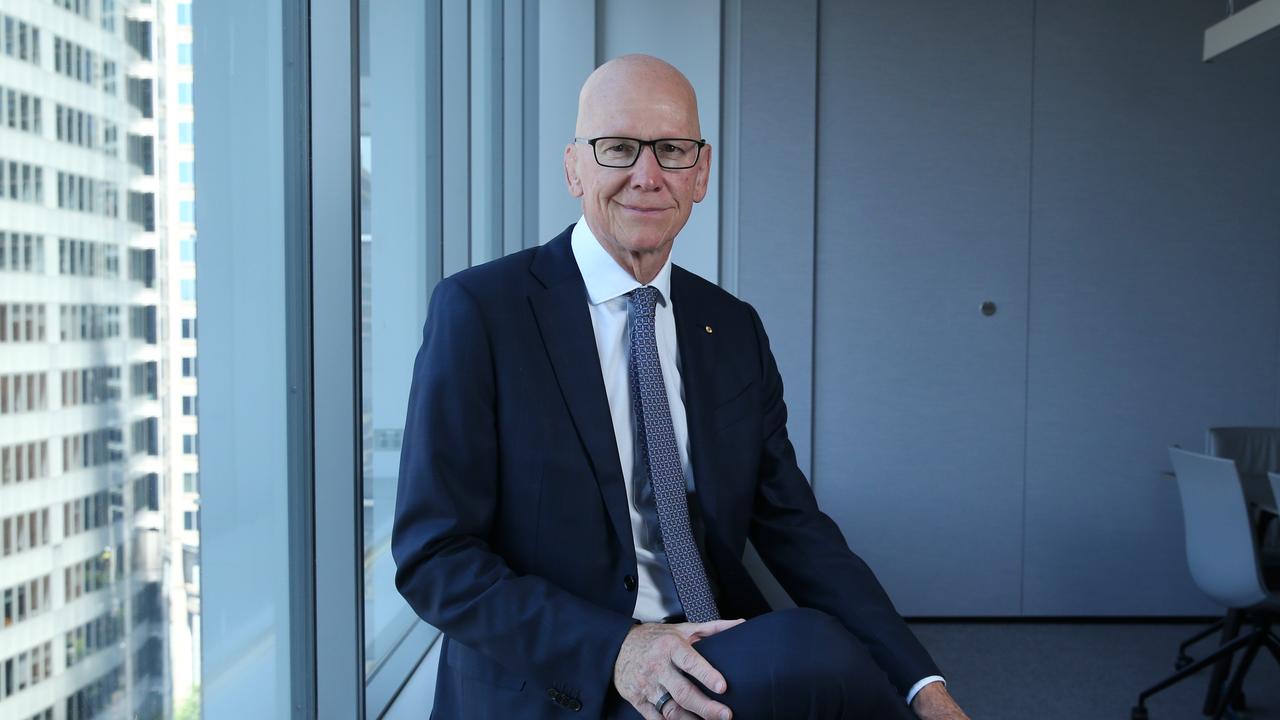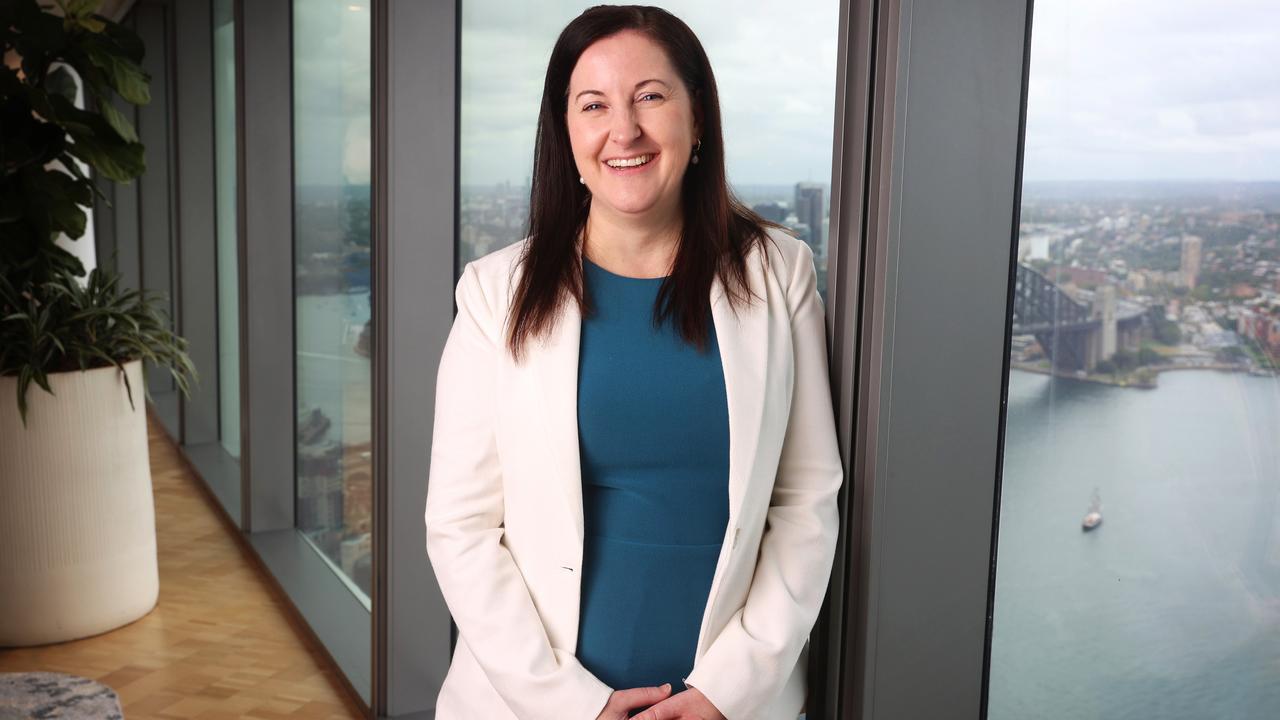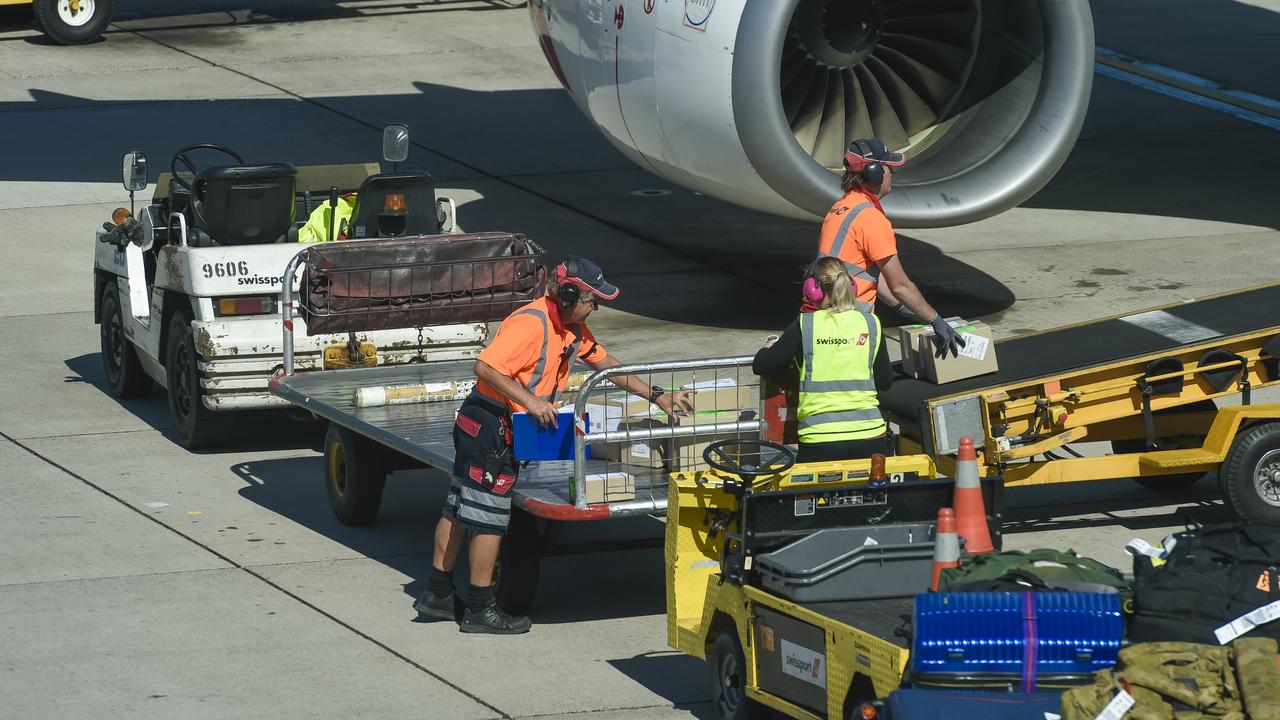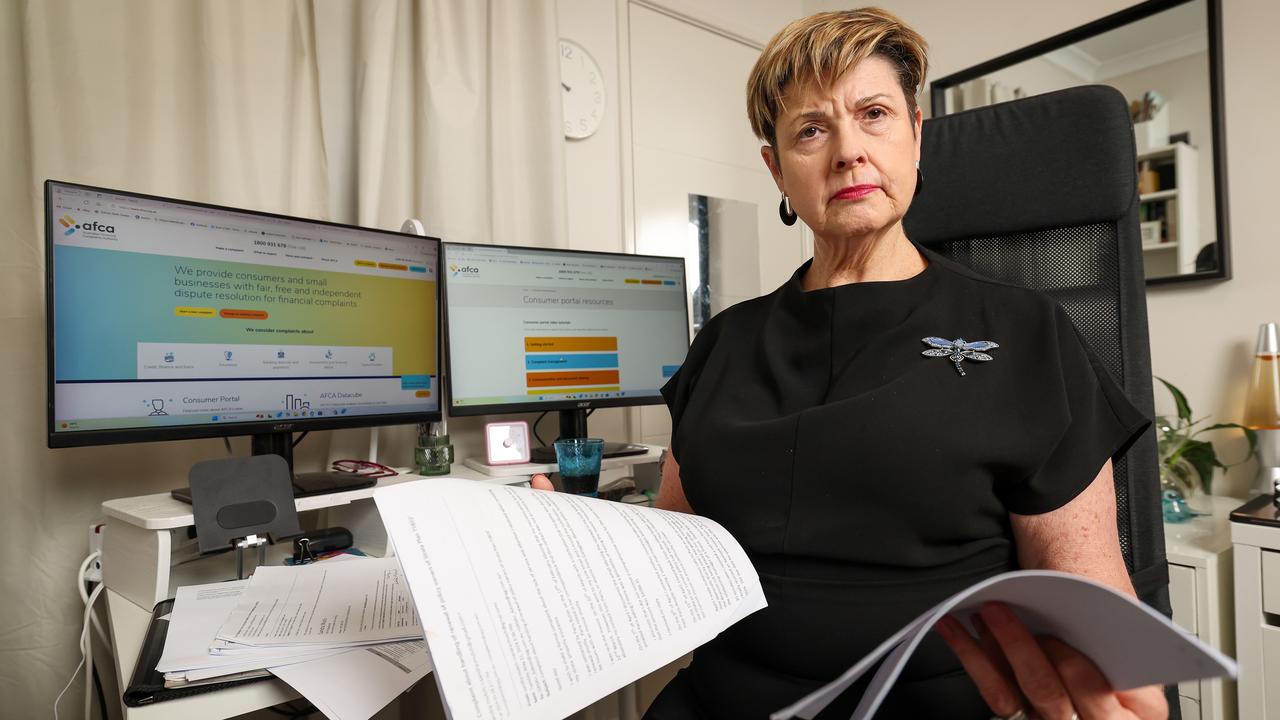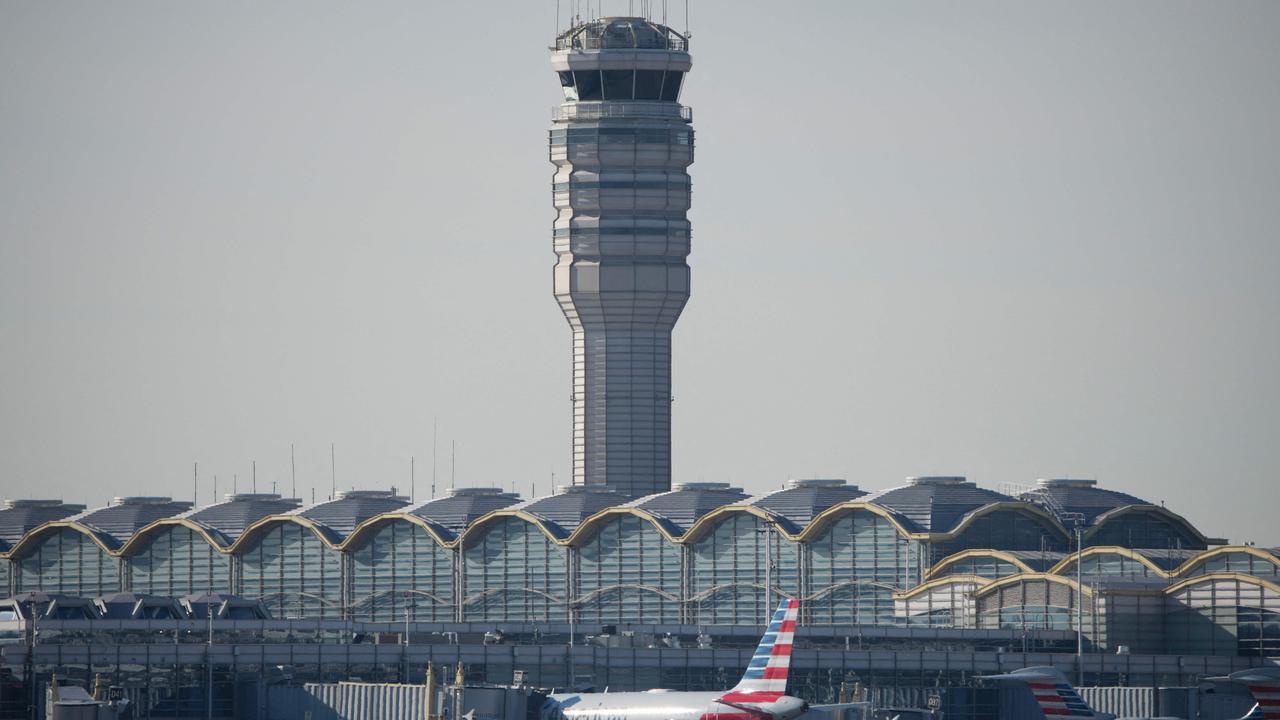Incoming ANZ boss Nuno Matos serves up key meetings ahead of July start date
ANZ’s top brass will have more insight into the plans of the bank’s CEO-elect Nuno Matos, after he held a string of clandestine meetings with them last month.
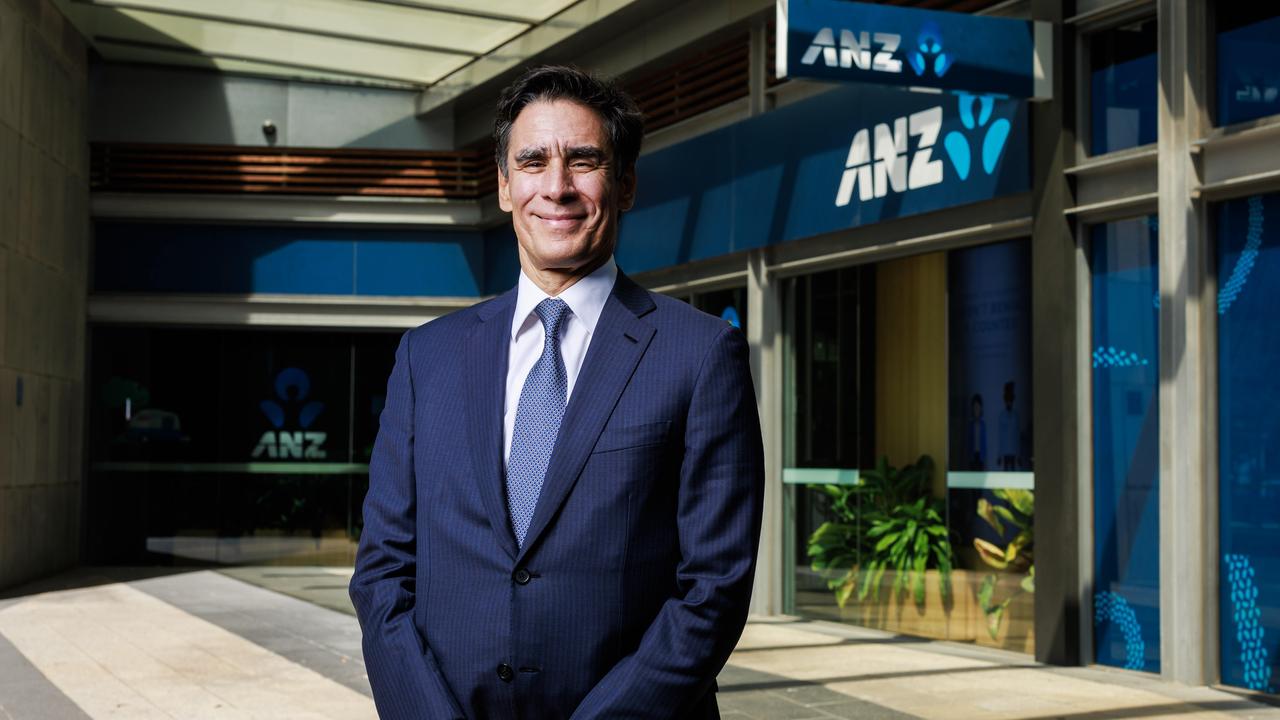
Business
Don't miss out on the headlines from Business. Followed categories will be added to My News.
ANZ’s top brass will have more insight into the mindset and plans of the bank’s chief executive-elect Nuno Matos after he held a string of clandestine meetings with them last month.
As a tennis lover and devoted fan of Tennis great Rafael Nadal, Matos firstly took the opportunity to attend the final three days of The Australian Open in Melbourne in January. This column understands in the days following Jannik Sinner’s grand slam victory in the men’s competition, Matos was bunkered down at ANZ’s Collins Street, Melbourne headquarters meeting with incumbent CEO Shayne Elliott, followed by individual meetings with every person on the executive team.
Other selected managers also got time with the new head honcho in late January, before their incoming leader returned to Hong Kong. Through the meetings Matos would also have been conducting more diligence on his direct executive team, as he assesses whether to bring in new blood and whether those that missed out on the CEO role remain committed to staying on.
Obviously keen to get up to speed on ANZ’s model, Matos will late this month travel to India with Elliott and ANZ chairman Paul O’Sullivan to get a closer read on the bank’s operations and support staff there. India – which houses thousands of ANZ employees including data scientists, software engineers and artificial intelligence staff – is one of 29 global markets that the bank operates in.
ANZ has enacted a somewhat methodical handover plan as the bank delicately manages Matos’s gardening leave restrictions related to his prior employer HSBC. But it’s a drawn-out CEO handover on any measure, with Matos not officially beginning in the ANZ role until July, and the bank at the same time confronting a smattering of regulatory issues that are being probed by the corporate regulator.
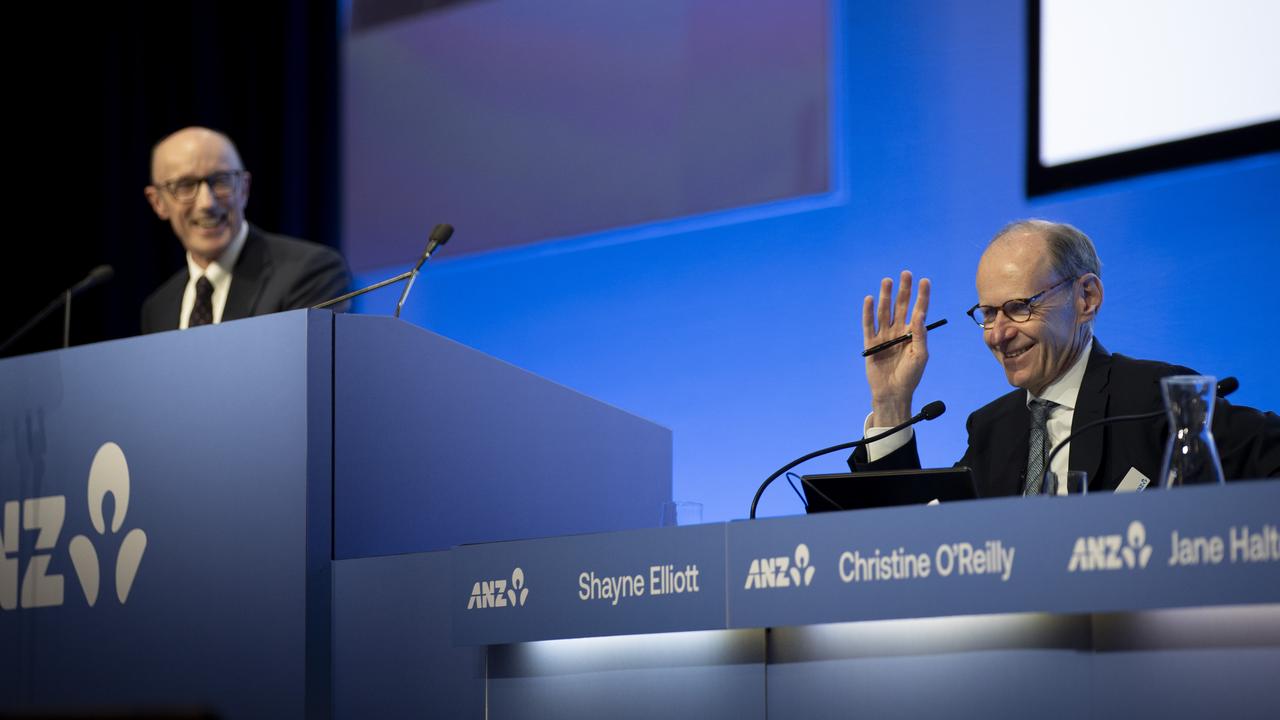
Interestingly, Matos is yet to sit down with Australian Securities & Investments Commission chair Joe Longo, or his equivalent at the prudential regulator John Lonsdale, but those meetings will feature high on his to-do list. Investors and analysts will be closely watching ANZ’s engagement with regulators and assessing the potential for any enforcement action or additional capital requirements. Lonsdale last year forced ANZ to hold additional capital of $250m due to its lax management of non-financial risks. That added to ANZ’s existing capital impost for governance failings imposed in 2019 and took the total capital overlay to $750m.
Matos started his career as a regulator at Portugal’s central bank Banco de Portugal and no doubt had plenty of engagement with regulators during long stints at Santander and HSBC.
He needs to tackle the non-financial risk issues at ANZ head on and work to ensure the bank’s compliance practices are robust, while urgently fixing any areas of weakness.
ANZ already has two sets of consultants helping it assess its potential failings in the institutional and retail banking divisions, but Matos must get across the issues as quickly as possible and take steps to rectify issues. McKinsey is working on a project within ANZ’s retail bank, where the corporate regulator is investigating allegations the bank incorrectly calculated interest on thousands of customer savings accounts and charged fees on dead customers’ accounts. Oliver Wyman is conducting a review within ANZ’s institutional bank around potential risk governance issues as regulators probe the bank’s conduct on a government bond issuance from 2023.
A CEO change-over is a key period for a major bank and for ANZ, given it looked to an outsider, there is more risk associated with the board’s decision. That’s despite ANZ’s chairman O’Sullivan late last year going to great lengths to tell investors Matos would continue Elliott’s strategy, without making radical changes.
Matos even told ANZ’s internal news service late last year the existing ANZ strategy was sound, adding: “The direction is correct.”
Investors are waiting a while for Matos to get his feet under the desk and there is little room for error.
This month marks quarterly updates – of differing levels of detail – for Westpac, ANZ and National Australia Bank, while larger rival Commonwealth Bank will deliver its first-half earnings on February 12.
Investors are watching profitability metrics including net interest margins and return on equity, but will also closely monitor the big banks’ management of capital and dividends.
“Payout ratios look reasonable for both CBA and NAB, but too high for both ANZ and Westpac,” JPMorgan analyst Andrew Triggs told clients. “Nonetheless, we believe these can clearly be sustained in the short term given elevated capital positions, potential for lower-than-forecast credit costs and the potential for further IRB (internal ratings-based) modelling benefits which could lower RWA (risk weighted asset) growth.
“ANZ and Westpac also have APRA capital overlay add-ons which may be returned over the next couple of years.”
Triggs noted CBA has done relatively little on its share buyback – just $300m – with the bank not having snapped up “material volumes” since May, albeit with some buying activity in November. That view is shared by Morgan Stanley analyst Richard Wiles, who has urged CBA’s board to assess increasing its dividend payout ratio, given limited activity in the $1bn buyback.
CBA’s valuation has no doubt been curtailing the bank’s buying back of its own shares.
Support pays off
Few of the huge government outlays and support measures related to the disruptive Covid-19 period met the lofty expectations of policy makers, didn’t cause unintended consequences and left taxpayers in a neutral or positive position.
One measure, however, came close to meeting most of those objectives. That is the Structured Finance Support Fund (SFSF), which facilitated access to funding markets by eligible lenders during the pandemic.
The Australian Office of Financial Management administered the fund to help lenders exercise forbearance towards borrowers, while it also assisted in securitisation markets and the warehousing of funding and loans packaged up and sold as securities.
For example, the AOFM started the fund’s operations in 2020 by investing $189m across six tranches of Firstmac’s $1bn mortgage bond.
An update last week revealed the SFSF had no current commitments. This column understands the AOFM recently sold the last of the securities it held via the SFSF and the fund’s investments in their entirety ended up being net positive for the taxpayer.
The AOFM didn’t comment on what the fund delivered from a financial perspective, but a representative said: “$15bn had been allocated to the SFSF, but less than a third was required at the peak of the SFSF’s commitments.
“We can confirm that the AOFM has fully exited all investments made through the SFSF and that all investments have been repaid. The SFSF’s key performance benchmark was to ensure that there were zero gross credit losses. We can confirm that this benchmark was achieved.”
The AOFM’s update last week said that in private warehouse markets, commitments totalling about $2.3bn were approved across 45 individual warehouse facilities from 34 sponsors since its inception.
Not all of the $15bn allocated was required because lenders fared much better through the Covid period than expected, as the central bank kept official rates at just 0.1 per cent. Still, the measure was a positive for lenders during the pandemic when it was unclear how the economy would cope with sweeping lockdowns and unknown health outcomes.
The AOFM also played a key role during the Global Financial Crisis when securitisation markets froze, prompting investment in billions of dollars of securities.
More Coverage
Originally published as Incoming ANZ boss Nuno Matos serves up key meetings ahead of July start date



